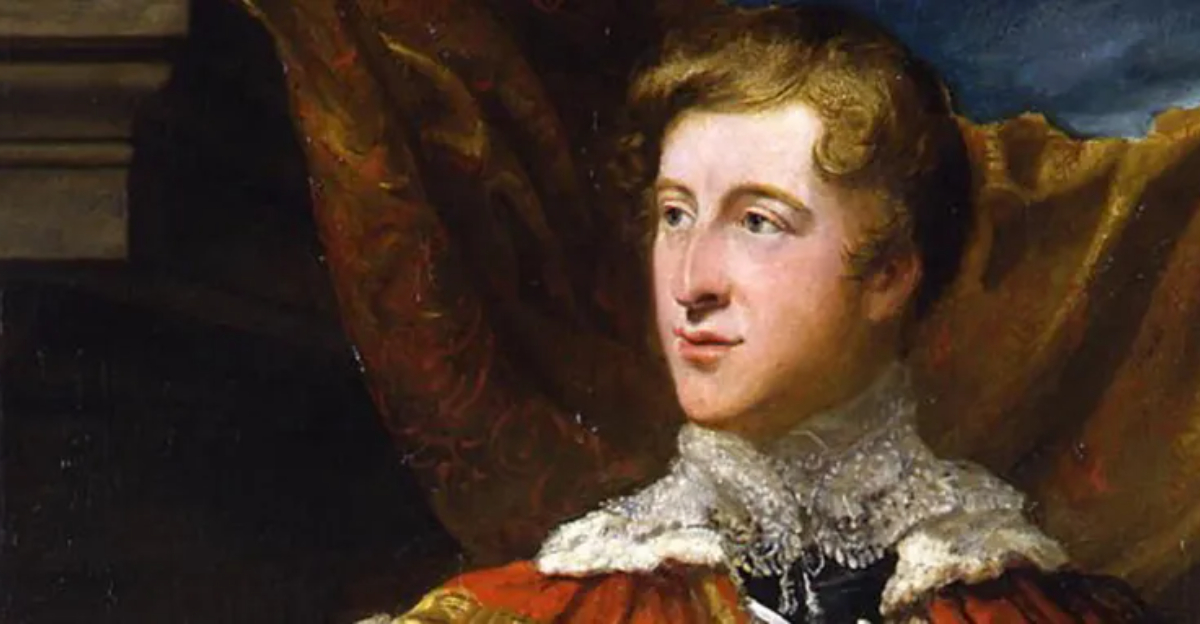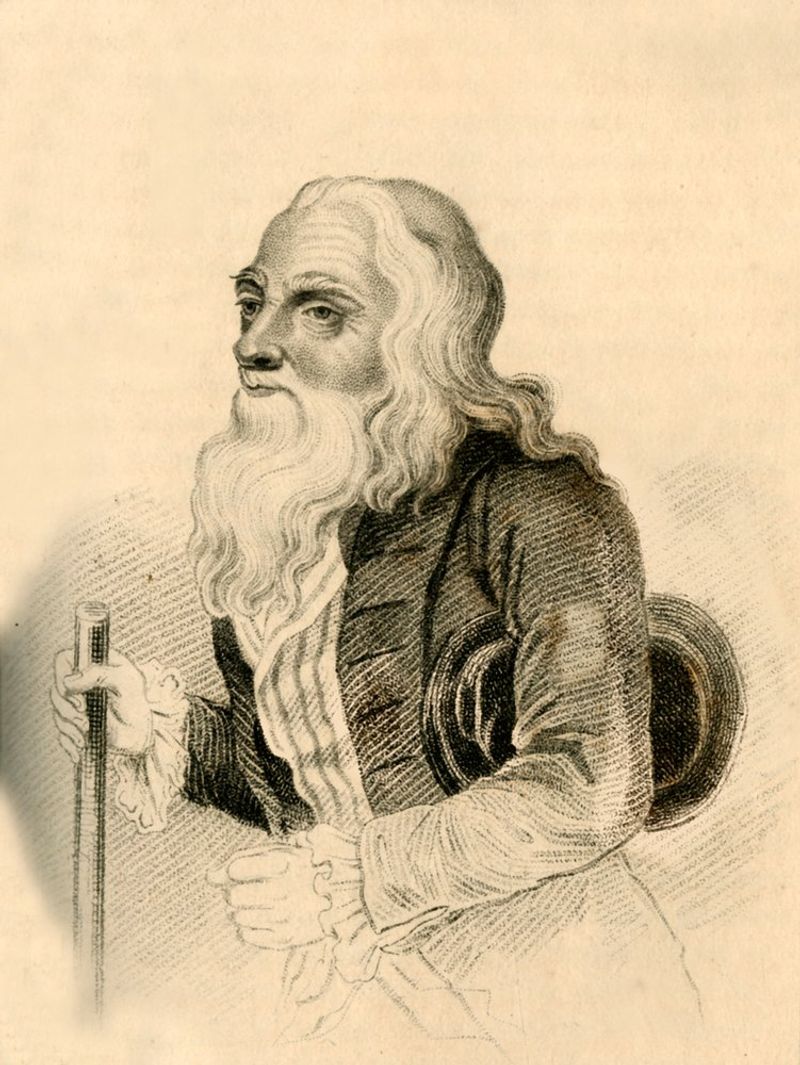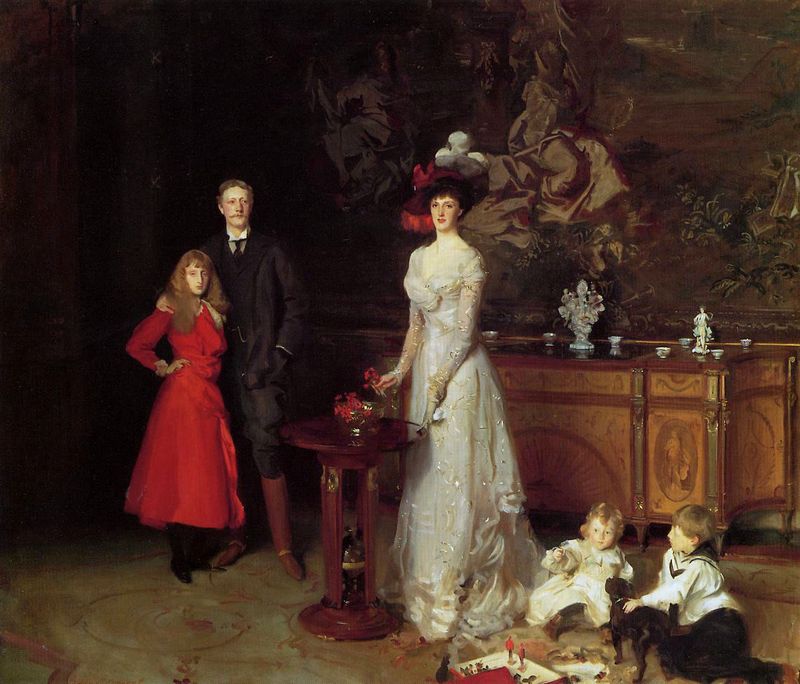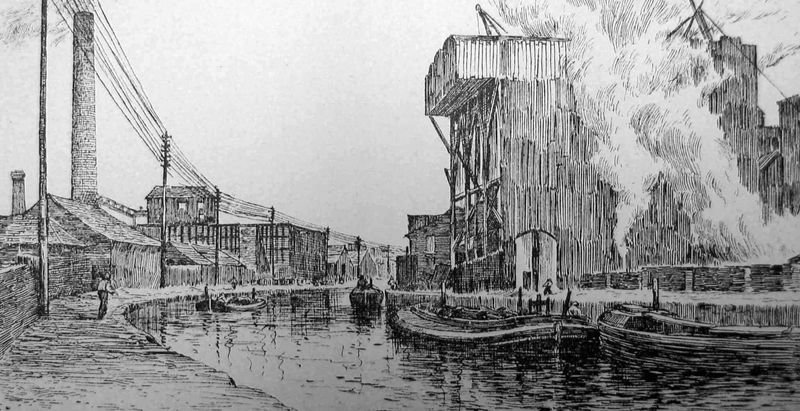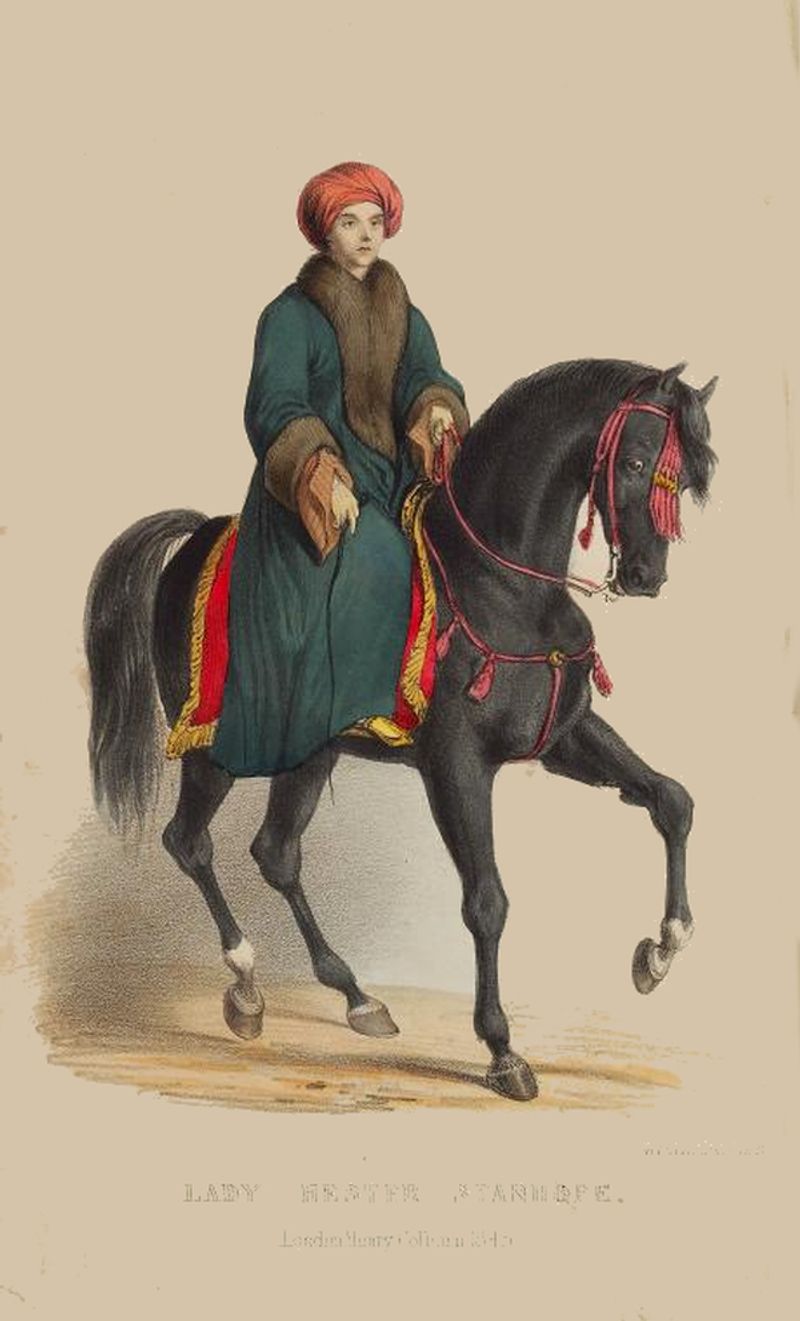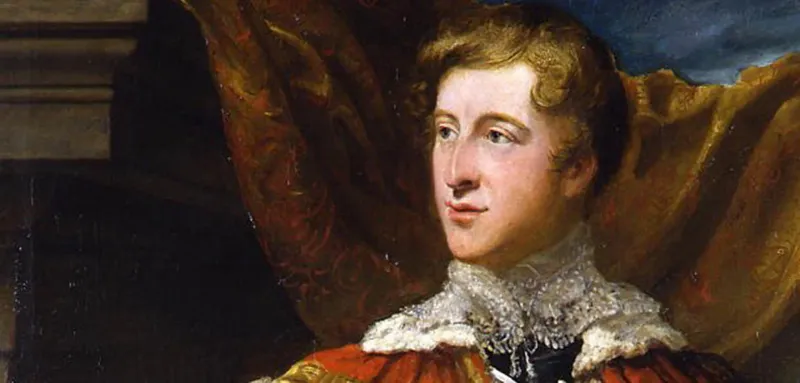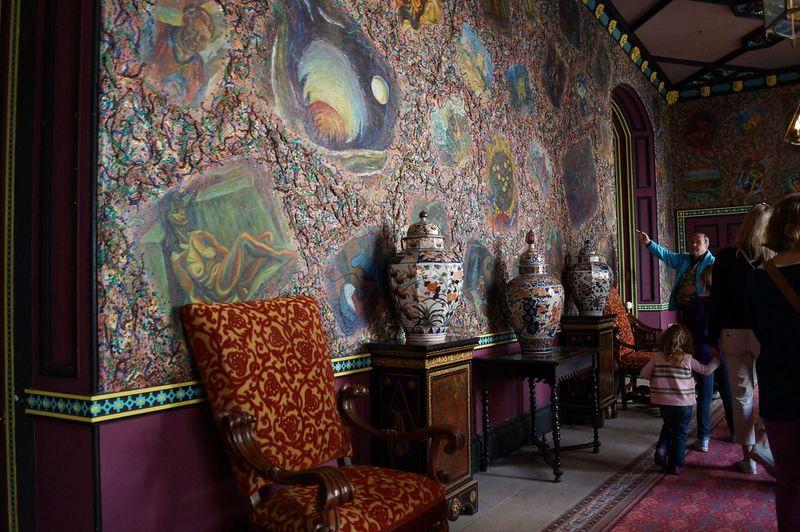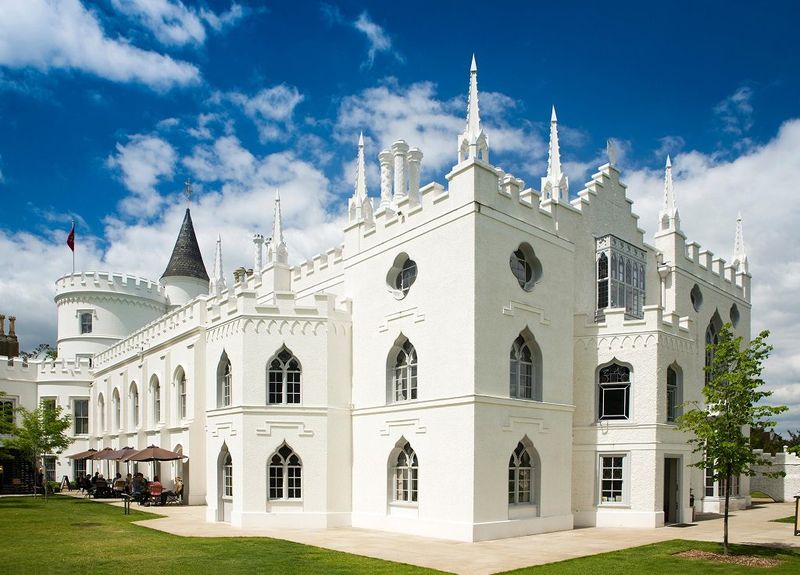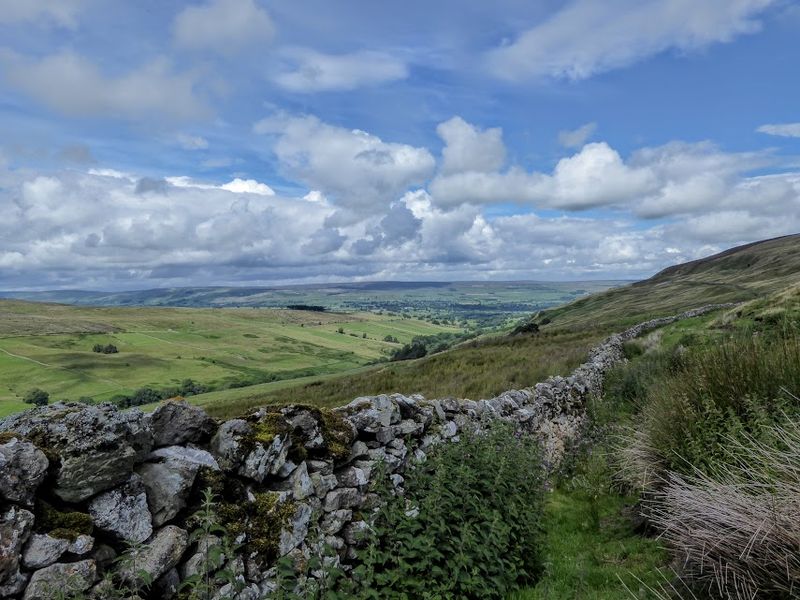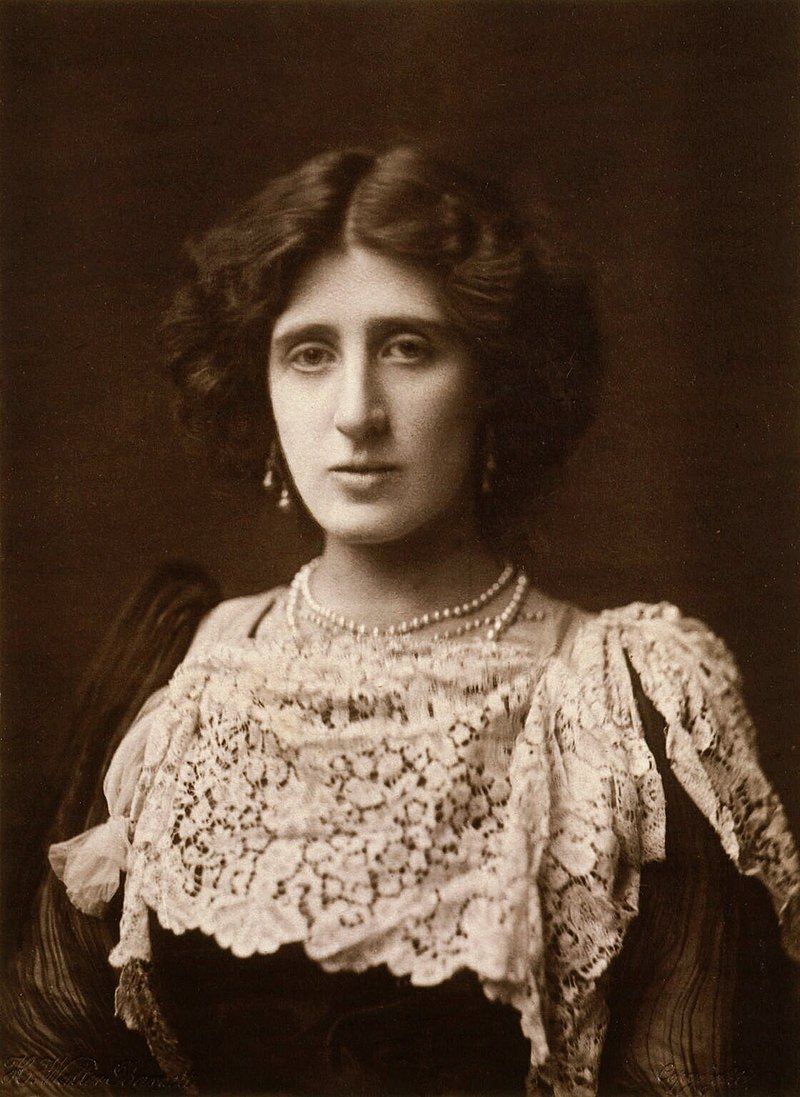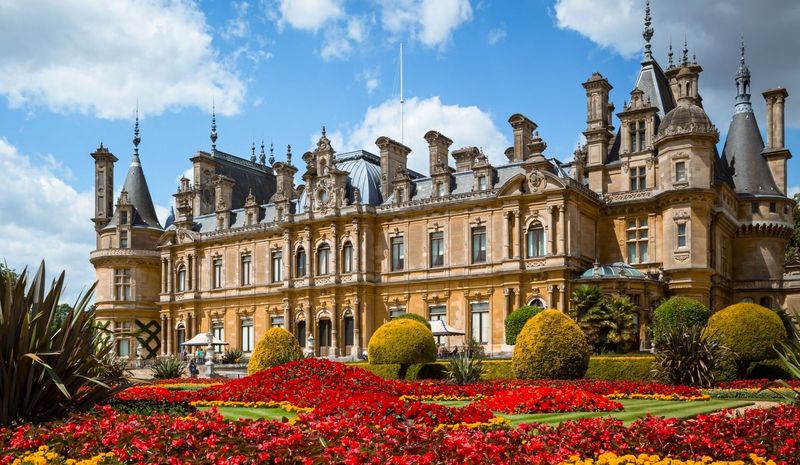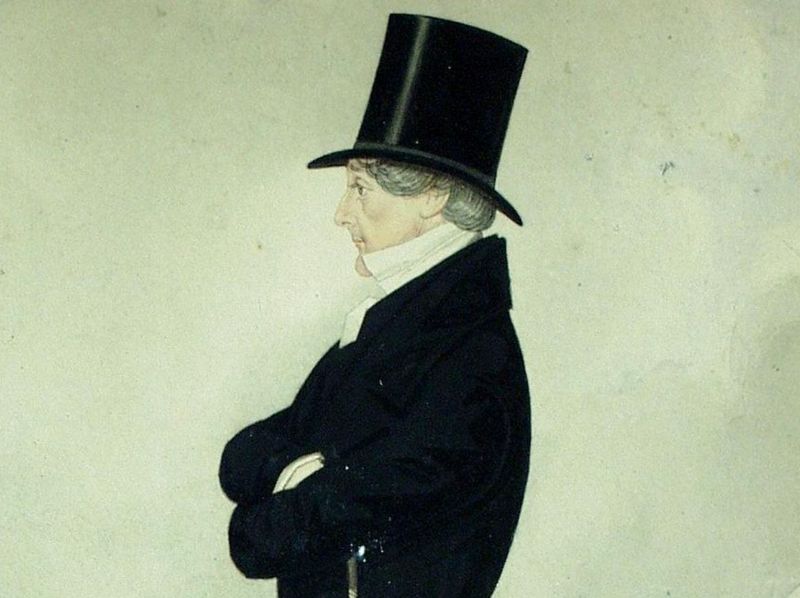When you’re born with a title and a massive inheritance, you can afford a few indulgences. But some British aristocrats took “eccentric” to the next level. From building fake ruins to owning armies of squirrels, these nobles didn’t just have money—they had imagination.
1. Lord Rokeby – Obsessed with Cold Baths
Lord Rokeby was ahead of his time, swearing by the therapeutic powers of cold baths. This 18th-century baron was so enthralled that he built a private bathhouse, ensuring it was always ready for his prolonged dips.
Meals were brought to him while he lounged, submerged in the chilly embrace. His belief in the curative properties of cold water was unwavering. An eccentric soul, his love for frigid waters made him a quirky figure among peers.
Did you know? His fascination wasn’t just personal whimsy; he considered it a medical necessity.
2. Sir George Sitwell – Grew Lettuce for Mental Health
Sir George Sitwell believed in the healing powers of lettuce. Convinced it could cure insomnia, he grew a special variety, aiming to patent it as a sleep remedy. His garden became a sanctuary of leafy greens.
His dedication to unconventional methods marked him as a visionary, albeit an unusual one.
Fun fact: Attempting a patent for lettuce highlights the quirky lengths he went to for mental wellness, blending horticulture with health.
3. The Earl of Bridgewater – Built a Canal for His Coal
Why struggle with traffic when you can build a canal? The Earl of Bridgewater thought so too. Faced with transporting coal, he pioneered the construction of the world’s first major canal.
His endeavor was costly, yet revolutionary, changing how goods were transported in England.
Did you know? Though seen as extravagant, this project laid the groundwork for England’s canal systems, showcasing the earl’s foresight and audacity.
4. Lady Hester Stanhope – Self-Exiled Desert Queen
Armed with a fortune and a rebellious spirit, Lady Hester Stanhope left Britain for the allure of the desert. Embracing an unconventional lifestyle, she donned male attire and established herself as a leader in Syria.
Her entourage and Bedouin guards were testament to her charisma and authority. She ruled her domain with flair, leaving an indelible mark on history.
Interesting tidbit: Her life in Syria wasn’t just exile—it was a self-crafted legend, blending adventure with defiance.
5. William Cavendish – Collector of… Everything
The Chatsworth House, home to William Cavendish, was a treasure trove of bizarre collections. The 5th Duke of Devonshire had an insatiable curiosity, amassing everything from taxidermy to sea shells. He transformed rooms into thematic exhibitions.
His eclectic collections made Chatsworth an extraordinary museum.
Quirky fact: His passion for collecting was so vast that it required specialized rooms, making him a true connoisseur of oddities.
6. The Marquess of Bath – Murals, Murals Everywhere
Longleat House became an expansive canvas for the Marquess of Bath. Known for his distinctive fashion and numerous “wifelets,” his passion for art led him to adorn walls with psychedelic murals.
His artistic expressions were as bold as his lifestyle.
Fun fact: He painted over 10,000 square feet of murals, making his home a living gallery of eccentricity and creativity.
7. Horace Walpole – Built a Fake Gothic Castle
Strawberry Hill, the brainchild of Horace Walpole, stood as a marvel of Gothic revival architecture. Inspired by medieval aesthetics, he turned his home into a fantastical castle.
Turrets, stained glass, and papier-mâché ceilings added to its eerie charm. His creation was more than a residence—it was an architectural adventure.
Did you know? This “castle” inspired the Gothic literary movement, embodying Walpole’s passion for blending history and imagination.
8. Sir Tatton Sykes – Obsession with Walls
Sir Tatton Sykes liked a good wall—a lot of them, in fact. He commissioned miles of dry stone walls around his estate, a task that was as laborious as it was extravagant.
Yet, just as swiftly as they went up, he ordered them torn down, leaving many puzzled. His decision-making was as mercurial as the walls were extensive.
Quirky insight: His sudden change of heart remains a mystery, a testament to the whims of the aristocracy.
9. Lady Ottoline Morrell – Lived in a Fantasy Novel
Lady Ottoline Morrell’s life was a tapestry of drama and literature. Known for her medieval gowns and opulent gatherings, she turned her home into a haven for poets and philosophers.
Her collection of rare manuscripts was rivaled only by her flair for theatrical living. Each room echoed tales of Camelot.
Fun fact: Her eclectic style and intellectual salons made her a muse for many writers, blurring the lines between reality and fantasy.
10. Baron Ferdinand de Rothschild – Built a French Château in England
Baron Ferdinand de Rothschild’s dream was a French château, realized in England as Waddesdon Manor. An architectural marvel, it featured luxurious gardens and a private zoo among its attractions.
His passion for French culture was evident in each ornate detail, from art collections to intricate designs. Waddesdon was a testament to his refined tastes.
Did you know? The manor’s grandeur was so admired that it became a cultural landmark, blending English and French elegance.
11. The Duke of Portland – Dug Miles of Underground Tunnels
The Duke of Portland preferred solitude, a preference that led him to create a vast network of underground tunnels. Hidden from society, he spent much time traversing these secluded passageways.
Each tunnel was meticulously designed, reflecting his desire for privacy and seclusion. The underground world was his refuge from the outside.
Interesting tidbit: His subterranean endeavors were so extensive that he reportedly spent more time underground than above, a true testament to his reclusive ingenuity.
